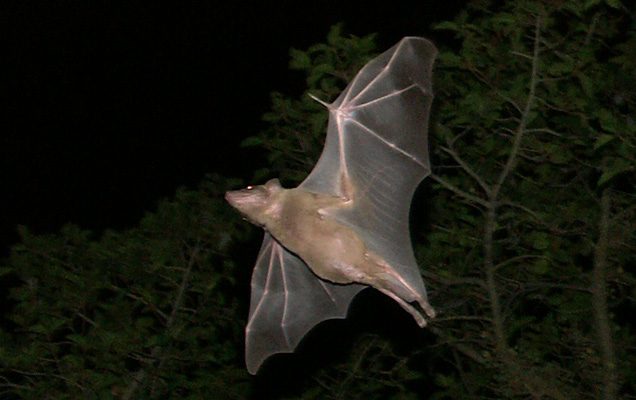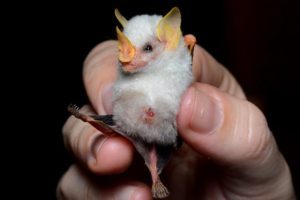The false belief that all bats suck the blood of animals and people has led people to kill them. But it turns out that on the contrary. All around the world, only 3 species of these mammals suck blood; most of them contribute to agriculture, as well as in the pollination of flowers and seed dispersion.
Traditionally, these little creatures are associated with darkness and fear. Its silhouette at night often makes people be afraid of them.

Amanda Vicente Santos is a researcher at the School of Biology at the University of Costa Rica (UCR), working with bats since 2007. She said in a publication of the University of Costa Rica that many of the practices used to move them away from the human communities attack the environment, as they kill these mammals.
She assured that out of the 116 species of bats in Costa Rica, only 3 feed on blood. Of these, only the so-called Desmodus rotundus do so in mammals, although very rarely in humans. The main problem derived from this is that this species is the transmitter of jungle rabies to cattle that have not been vaccinated, which has caused great discomfort in the livestock sector.
“Many times what is done is to shake the vampires. This basically kills you because you cannot eat again. Then, they spread a product called vampiricide -an anticoagulant- so that the vampire takes him to the colony and when the other individuals groom him they eat it and thus kill the whole colony”, explains Vicente.
Another situation that triggers the killing of other bat species is when they invade houses and other structures both in urban and rural areas.
According to the article of the UCR, the presence in the roof of the houses of bats does not produce any serious consequence in humans; the accumulation of guano-bat feces can cause bad odors, roof wear, and some allergies.

According to the biologist, one of the biggest challenges we have as a society is to try to live in harmony with the bats; “We arrived at places where they had been since before”.
It is important to note that bats are not aggressive. Therefore, they do not hurt people. It is important to bear in mind that, with the exception of the transmission of rabies by the members of the species Desmodus rotundus, there is no scientific evidence that these animals are carriers of other diseases.
Solutions for not to kill them
When their colonies have years of living in the ceiling may have to change it, says the biologist. The night before doing such work, it is important to see the places where these animals enter.
In the event that they have been housed in the house for a short time, it should be sufficient to place some light source to make them uncomfortable and make them leave. Subsequently, they proceed to block the places where they used to enter.
With vampires, the situation is more complex. Vicente recommends vaccination campaigns in cattle to avoid the spread of rabies, although she understands that these are often complicated by logistics and cost issues, as there is always new animal individual incoming.
Contribution of bats
These mammals are known to provide humans with various environmental services, such as the maintenance of wooded areas and certain fruits thanks to the distribution of seeds through their feces and pollination.

In agriculture, bats are essential for reducing the use of agrochemicals in crops, because species that feed on insects take the role of pest controllers and eat the individuals that invade the crops.
Do all bats suck blood?
False. In the world, there are only three species of bats that feed on blood and these, rarely do so of humans. At night, each individual consumes approximately one teaspoon of blood.
Are bats blind?
False. Actually, bats have rather good vision, in addition to the echolocation system.
Do all bats have rabies?
False. Although they can become transmitters of the disease, it is more possible to be infected by the bites of animals such as foxes, dogs, and cats.
Do bats get tangled in people’s hair?
False. Bats do not like to get entangled in anyone’s hair; in fact, they normally fear humans.

